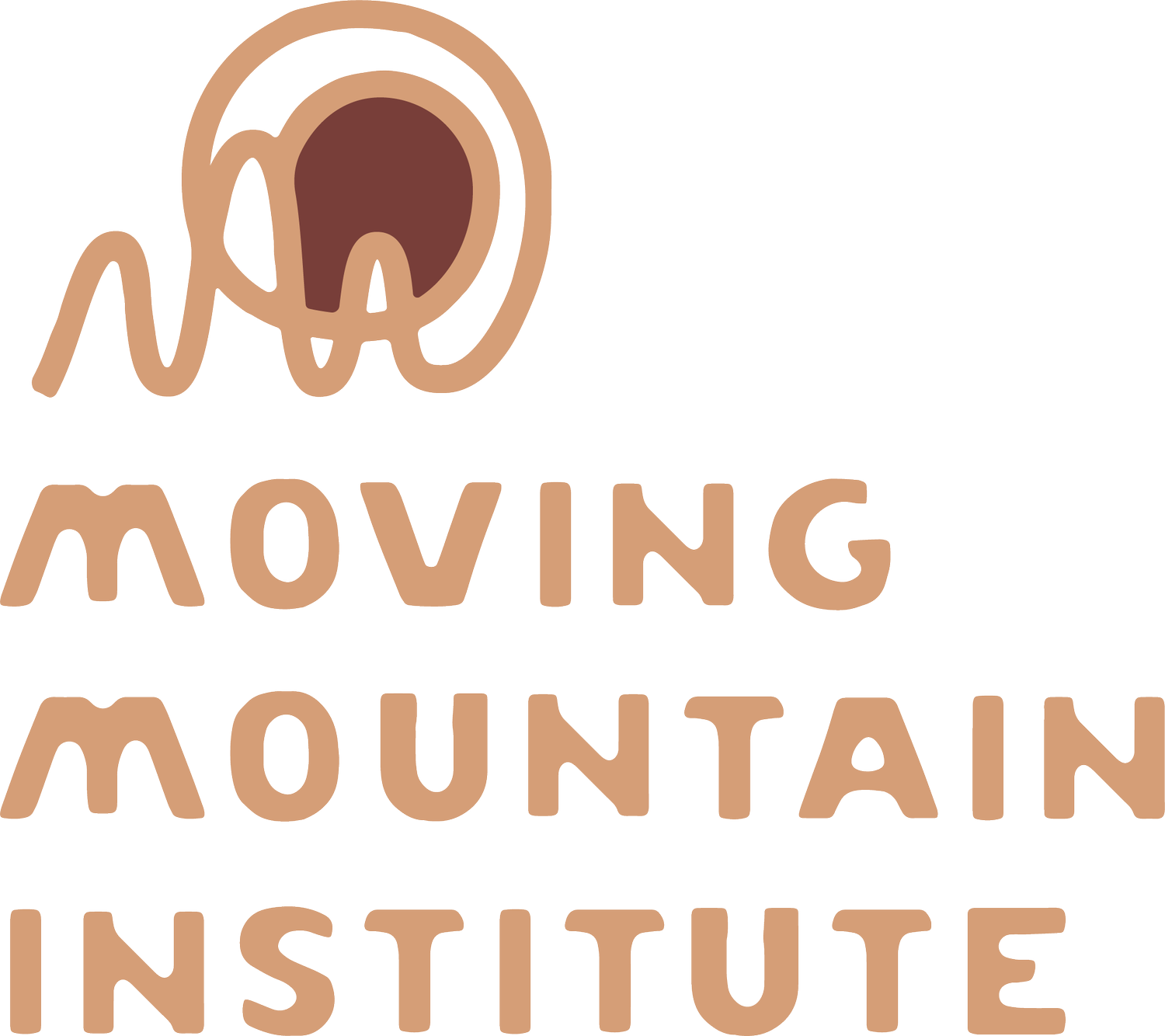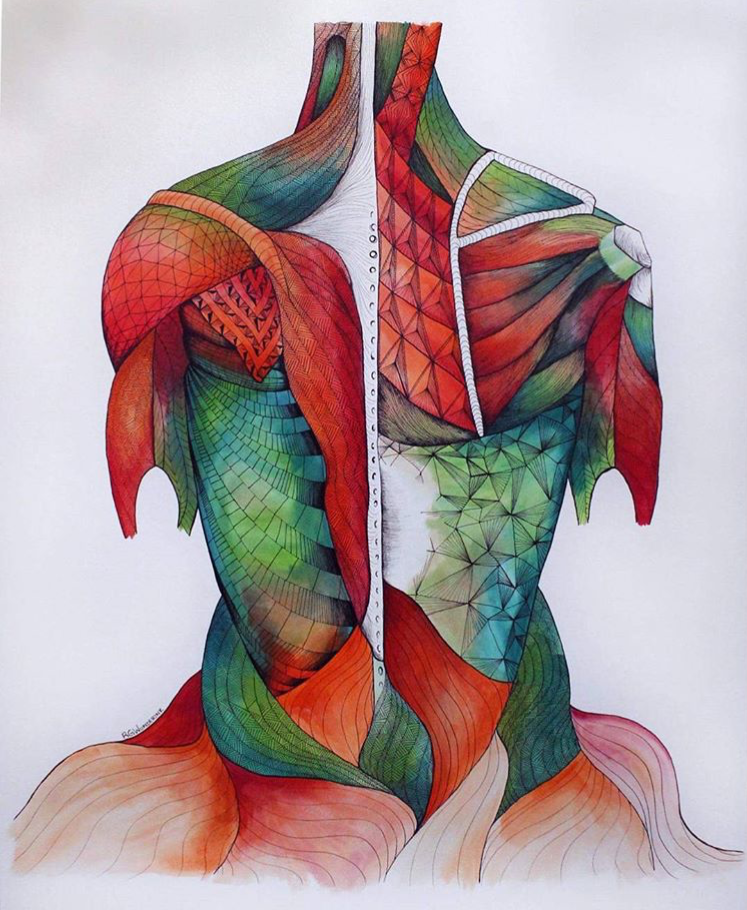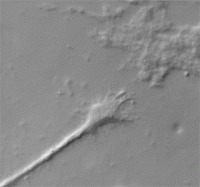Each treatment modality serves as a lens through which to view a certain aspect of our being. Myofascial release allows us access to a depth and breadth of tissue. The myofascia encompasses a lot of our physical matter and energetic potential. It’s implicit here that, of course, each technique also has its limits. Most issues that bring any of us into treatment involve multiple systems and so as people working with the body it is nice to dive deep into multiple modalities – then integrate the understandings that emerge. As Gil Hedley, somanaut and connective anatomist par excellence, so elegantly stated at a talk in Portland, OR, we must always hold our models lightly.
I really believe that’s true – and we must work from some model or models – and be willing to adjust or abandon them as our curiosity and openness offers us opportunities for new insight.
Read More





















